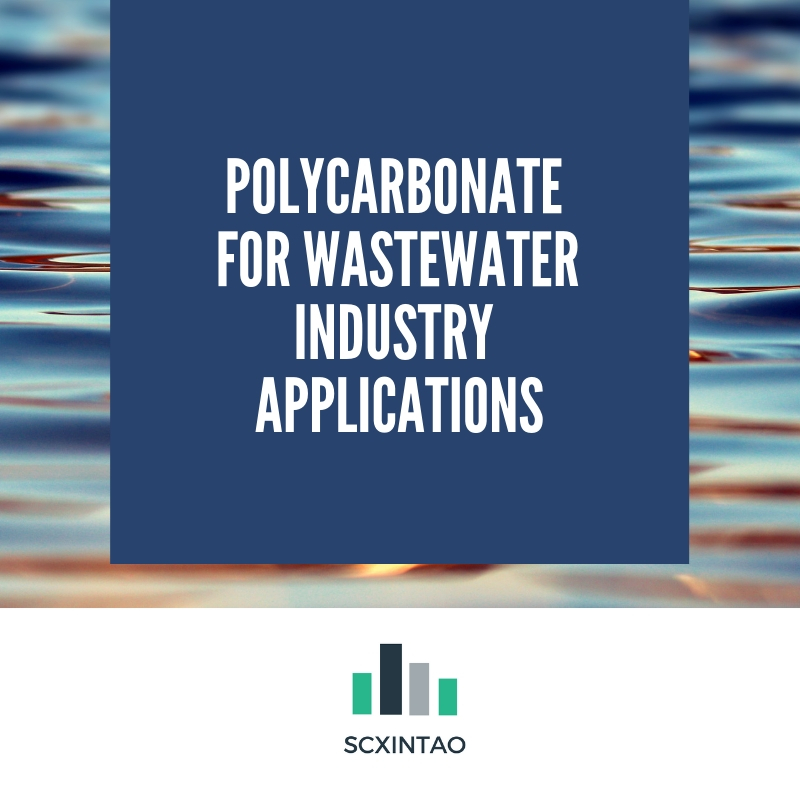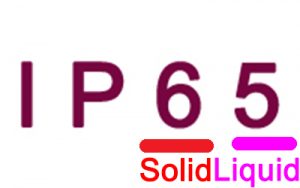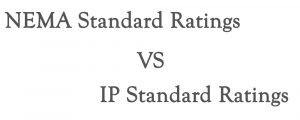
One of the leading company in control system integrators that manufacture of remote terminal or telemetry adopts polycarbonate enclosures with size 24x24x10 as its commonly used enclosure for water and wastewater industries.
This enclosure has enough space inside but more importantly, polycarbonate enclosures is more durable and more efficient that its other metal counterparts when it comes to wastewater industry applications.
The polycarbonate enclosures – some of which are located outdoors, others under sheds and other structures – has programmable logic controllers or what we call PLCs. These PLCs control and monitor the equipment housed inside the enclosures if it is remotely located in some areas. The equipment inside the enclosure transmit data to the company’s information systems and it also control the function and mechanism of the equipment. For wastewater plants and water distribution systems, the equipment monitors the tank levels and pump flow of the water – as well in the lift stations. In this stations, water is moved to wastewater treatment plants covering from lower and higher elevations.
The equipment that are housed inside the enclosure gets usable data from the process and it sends back the necessary data to the company’s central facility supervisory control and data acquisition system (SCADA.) The personnel that manages the equipment (facility operators) manages to get the data using tablets, computers, laptops or mobile phones. On top of this, they will be able to receive email or alerts when the equipment inside the enclosure experiences malfunctions. This empowers them to be proactive and get to the bottom of the problem before it even started.
The Different Advantages of Polycarbonate Enclosures
Most of the companies use different types of materials for electronic enclosures – fiberglass, stainless steel or aluminum sheets. However, different material entails different characteristics that are only suitable to different applications – may be it indoor or outdoor. There are no one size fits all material and all should be treated differently. Different materials have their own fair share of pros and cons.
When polycarbonate is compared to fiberglass in terms of durability, the latter tends to splinter because of direct exposure to sunlight. While the fiberglass handles the UV resistance very well. When it also comes to drilling holes to give space to wires entering the enclosure, polycarbonate material performs better than fiberglass. Polycarbonate enables companies to safely drill holes easily and an engineer can easily customize or modify polycarbonate enclosures in the field. In contrast, when fiberglass is drilled it can irritate the skin because of splinters and it can form dust which is considered harmful when breathed by anyone.
Polycarbonate is sturdy and ample
When it comes to stainless steel, polycarbonate is lighter. When a stainless steel enclosure is needed to be installed, usually it takes 2 personnel to do the job. However, a polycarbonate enclosure is light that it can be installed by one man. Stainless steel is heavier because of its resistance to wear and tear and this is understandable. However, there are applications that demands for lighter enclosure such as the polycarbonate ones.



